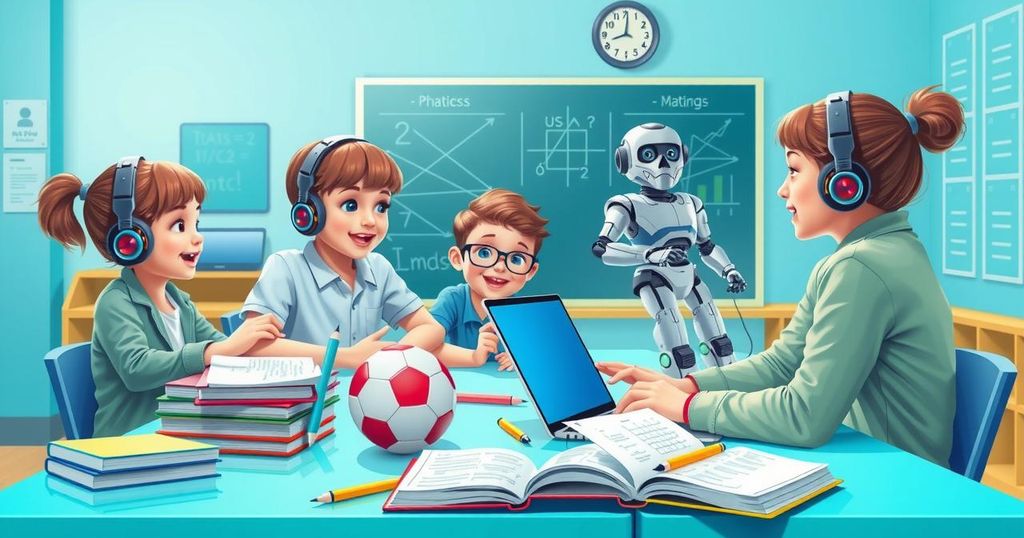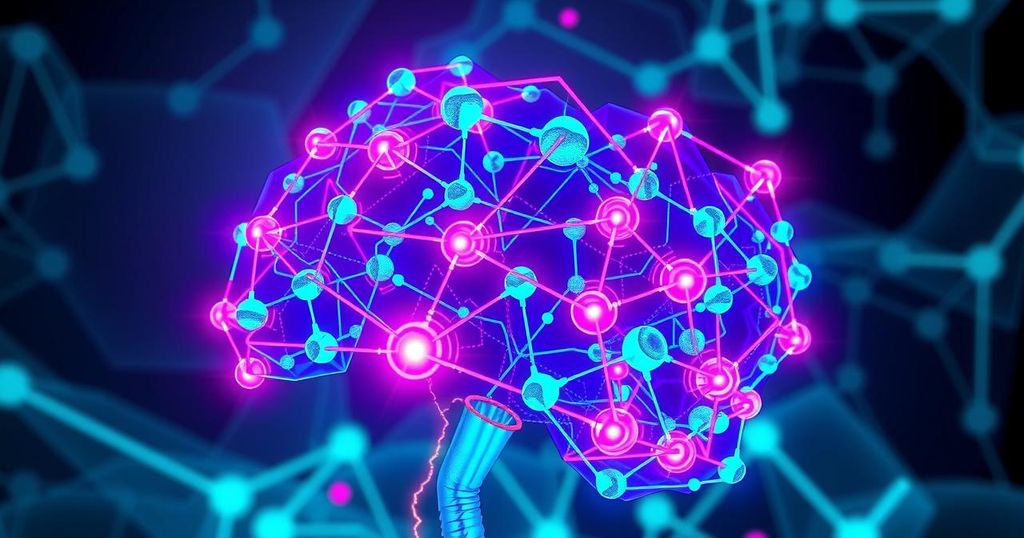New Study Finds Chatbots Could Increase Student Engagement in Physics and Maths
A German study shows that AI chatbots can increase student engagement in math and physics but do not improve test scores. Researchers suggest further studies are needed to explore how AI affects learning long-term.
In an intriguing exploration of education, a new study from Germany suggests that chatbots may just be the way to rekindle student enthusiasm for subjects like physics and maths. Researchers led by Julia Lademann from the University of Cologne compared responses from students using AI-generated texts versus those relying solely on traditional textbooks. While the results were promising in terms of emotional engagement, the study revealed no notable differences in test performances between the two groups.
The chatbot was crafted using OpenAI’s ChatGPT model, tailored to be conversational and relatable for Germany’s second-year high schoolers. Lademann and her team were keen to find out if a chatty AI could spark greater interest in physics. They put the chatbot through its paces, ensuring it delivered clear, motivating language that would draw students in.
After vetting its factual accuracy and tone, researchers engaged 214 students, averaging around 11.7 years old. Split into two groups, the experimental cohort accessed a mix of textbook material and chatbot responses, while the control group stuck to textbooks alone. Initial surveys gauged their interest in maths and physics before diving into the learning material.
After a 15-minute study session, interest levels were reassessed along with the students’ emotional responses and cognitive load—the mental effort required to process the material. The results were illuminating: those who utilized the chatbot experienced heightened positive emotions like interest and confidence versus their textbook-only peers.
Lademann explained, “The text of the chatbot is more human-like, more conversational than texts you will find in a textbook. It is more chatty.” The conversational quality of chatbot content not only made learning more enjoyable but also lessened cognitive load.
However, when it came to test outcomes shortly after learning, both groups performed essentially identically, despite one having more comprehensive information access. Lademann speculates that the brief engagement time—just 15 minutes—might have skewed these results.
As the researchers continue to dive into the implications of such technology, they stress the need for further studies on AI’s long-term efficacy in education. “It is also important that this improved interest manifests in improved learning performance,” Lademann pointed out. She’s eager to see extensive research involving large participant pools, especially focusing on real-time interactions where chatbots can adjust to students’ needs as they arise.
In summary, the study highlights the potential of AI chatbots to enhance student engagement and interest in challenging subjects, despite the lack of immediate improvements in academic performance. Julia Lademann’s research opens the door to investigating AI’s role in the future of education, advocating for longer-term studies to better understand this technological breakthrough’s learning potential.
Original Source: physicsworld.com




Post Comment